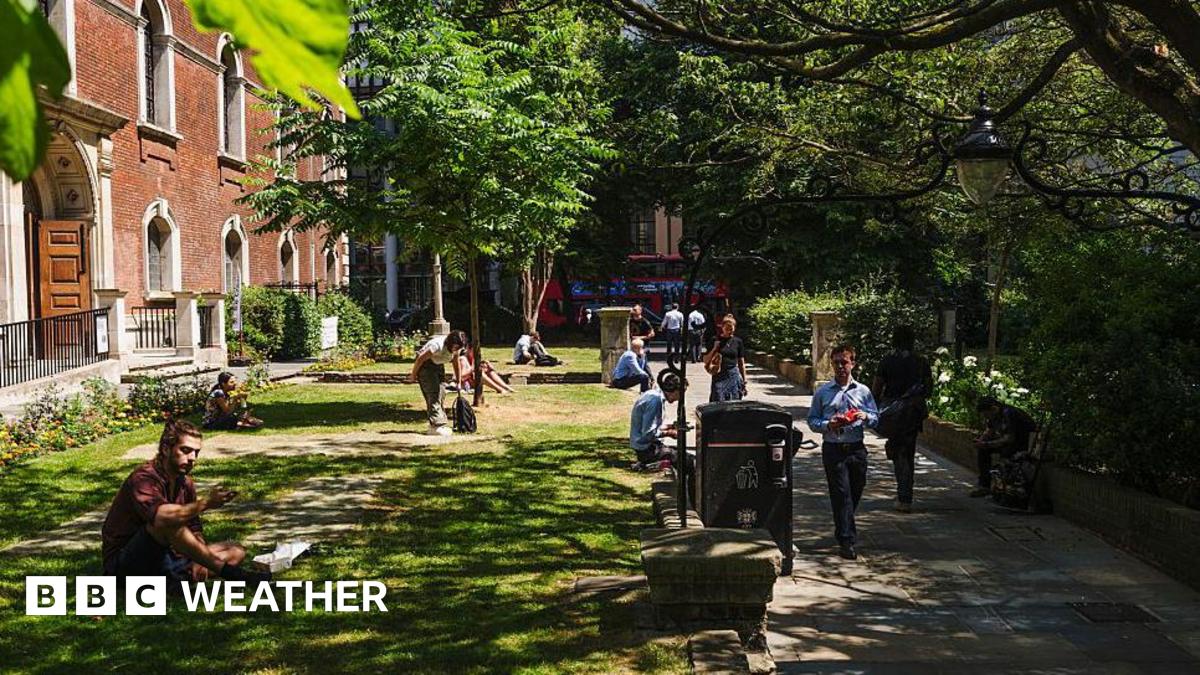Comparing heatwaves is difficult because they are location dependant and the current Met Office definition has only been in place since 2019.
A heatwave occurring at some point during the summer is fairly common.
The last time the UK experienced three heatwaves was in 2022, when the highest temperature on record – 40.3C – was observed at Coningsby.
In terms of the number of heatwave days – when at least one location meets the temperature threshold – there have been 25 days so far in 2025.
Only in 1989 and 2018 were there more heatwave days by this point in the year – with 26 and 34 days, respectively, according to data from weather website Starlings Roost Weather, external.
Temperatures over the next few days will be around 7-10C above average for mid-July.
While linking climate change with specific individual extreme weather events can be difficult, scientists say climate change is generally making heatwaves hotter, longer and more frequent.
The head of conservation at the Bedfordshire, Cambridgeshire and Northamptonshire Wildlife Trust, Matt Jackson, told BBC Breakfast the heat has both short- and long-term impacts on wildlife.
An immediate effect is wildlife patterns becoming out of step, he said.
“We get the butterflies which feed the birds, for instance, coming out [at a time that is] out of sync with the bird breeding cycle – so they don’t have the amount of food they need to feed their chicks.”
However, drought is the “biggest threat” to nature reserve management in the long term, Mr Jackson added.
“It is changing the way our nature reserves work and we’re having to try and work out how to adapt to that.”
